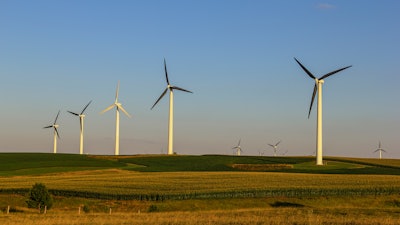
The mix of fuels used to generate electricity in the United States has changed in response to differences in the expected cost of fuels and electricity-generating technology. These factors, together with policies affecting emissions from power generation, will determine the generation fuel mix of the future.
Multiple cases in EIA’s Annual Energy Outlook 2017 show how projected electricity generation is affected by fuel prices, especially natural gas prices, and the Clean Power Plan, a final EPA rule whose enforcement was stayed by the Supreme Court in February 2016 - pending the resolution of legal challenges.
Without the Clean Power Plan, there is less incentive to switch from coal to natural gas or carbon-free fuels such as wind and solar. In the scenario where the Clean Power Plan is not implemented, coal again becomes the leading source of electricity generation by 2019 and retains that position through 2032, longer than in the Reference case, which includes the Clean Power Plan.
Electricity generation from renewable sources remains below coal-fired electricity generation through 2040. Fewer coal plants are retired, and as a result, natural gas and renewable capacity additions are lower compared with the Reference case.
In addition to environmental regulations, the price of natural gas is an important factor in decisions about the operation, retirement and expansion of electricity generation capacity.






















